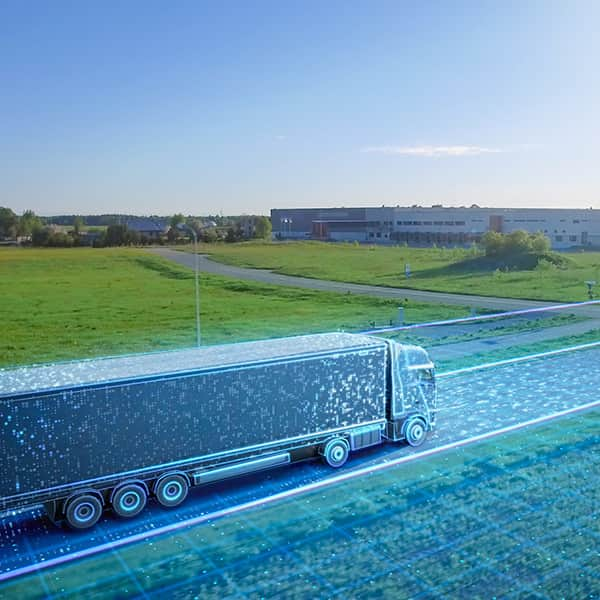
We've all heard about self-driving cars, but what about self-driving trucks? How would the trucking industry change in America if semi-trucks became automated and no longer required human operation?
Some industry experts predict that semi-trucks will be driving themselves before cars do, which could make shipping more efficient but also put thousands of truck drivers out of a job. Let's learn a bit about driverless trucks and what this promising technology means for the trucking industry in our country.
Today's Trucking Industry
America's long-distance trucking industry carries about 68 percent of all of the goods that are shipped in the country, employing about 1.7 million people to drive them from Point A to Point B. According to the Occupational Outlook Handbook, heavy and tractor-trailer truck drivers made an average of $18.37 per hour or $38,200 per year in 2012.
Economic Impact
The U.S. economy heavily relies upon the trucking industry, and national spending for logistics and transportation totaled $1.33 trillion in 2012. That's 8.5 percent of the annual gross domestic product! This industry is split up into logistics services, air and express delivery services, freight rail, maritime, and trucking. And trucking is a big part of that overall picture. Trucks collected $642 billion in revenues that year, which is about 81 percent of total revenue earned by all domestic transport modes.
Driverless Truck Testing
Driverless automobile experts have been testing self-driving trucks in both Europe and Japan recently. Closer to home, some semi-autonomous trucks have already been operating in Nevada. Computer-assisted 18-wheel trucks were able to maintain a safe following distance of 33 feet behind human-driven trucks and were successful in roadway tests. But according to Popular Science, this automation was not fully autonomous, but more like an advanced cruise control. This technology ensures that trucks travel at the same speed using an automated system that bypasses human errors in reaction time.
Reduced Fuel Costs
One of the most promising aspects of driverless trucking is fuel efficiency. Experts estimate that between 20 and 40 percent of shipping costs go towards fueling the trucks that carry goods. Computer-driven trucks can draft behind each other in tight packs, a practice deemed unsafe for human drivers to attempt.
Reduced Labor Costs
One of the most controversial perks of driverless trucks is reduced labor costs. Computer systems are cheaper to train and maintain than human drivers, so trucking companies can potentially save millions of dollars with this technology in place. Drivers' salaries account for about 30 percent of shipping costs for items shipped by truck in the U.S. Trucking companies often see high turnover rates among their drivers because of the challenging and monotonous lifestyle that long-haul drivers must endure.
Challenges for Driverless Trucks
Of course there will be many challenges that driverless trucks need to overcome. When fully loaded, trucks can weigh up to 80,000 pounds, so safety is an obvious concern.
These trucks' computer systems will need to be able to comprehend weather conditions and adjust their driving habits accordingly. The legal status of driverless trucks is also questionable, and individual states will need to pass legislation that dictates how these vehicles operate on public roads. However, the trucking industry is the most logical and convenient industry to begin implementing driverless technology.

